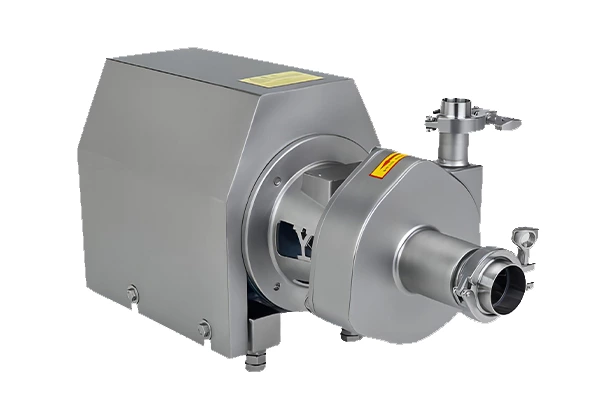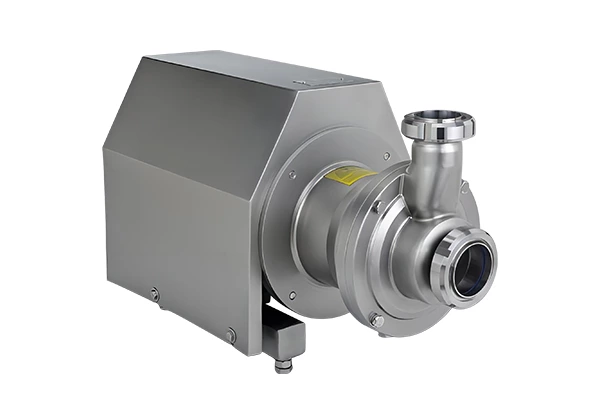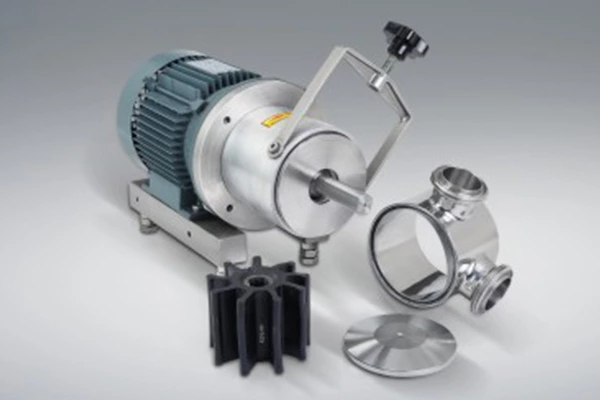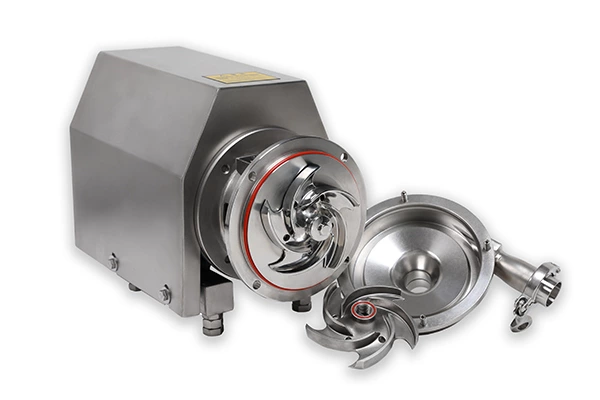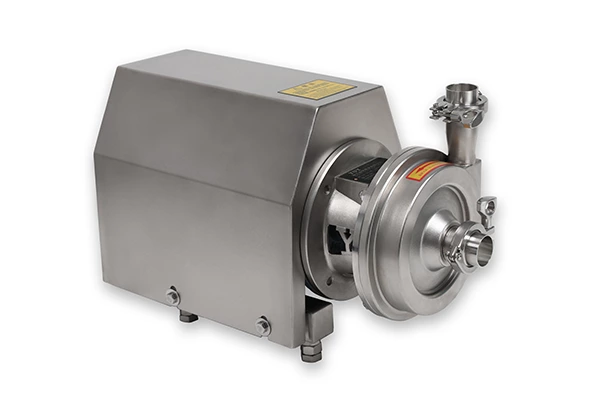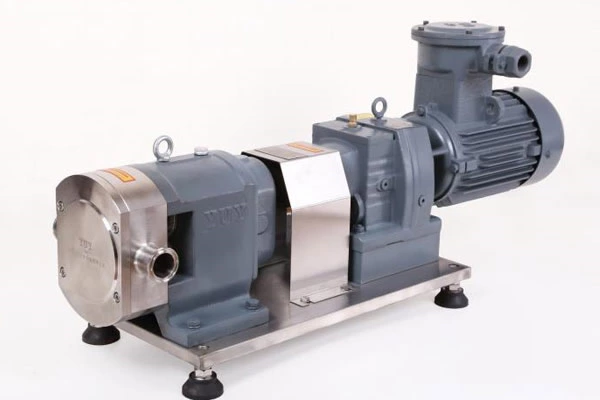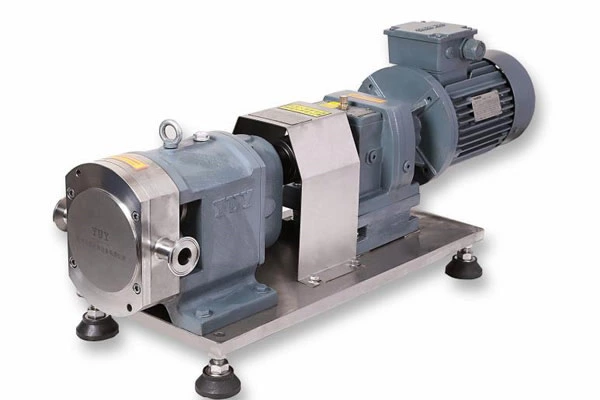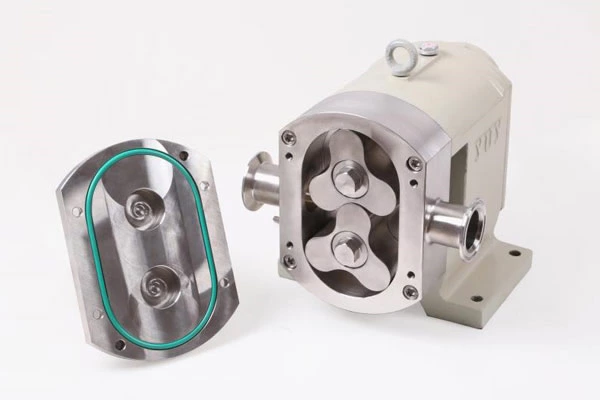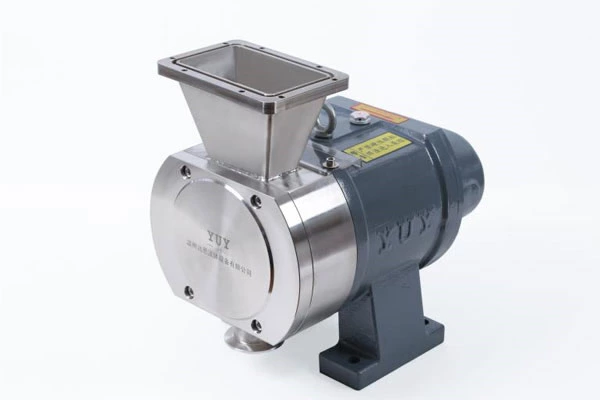Method For Detecting Air Leakage Of Sanitary Negative Pressure Pump
Sanitary Negative Pressure Pump Pipeline leakage will lead to failure to suck water (self-priming height cannot be reached), and even lead to insufficient flow and lift of the water pump. In a word: if the self-priming pump pipeline leakage will cause the parameters of the water pump to change, then detecting the sanitary negative pressure pump pipeline leakage is the most important thing when we install the pump. Below we list some of our usual detection methods for you, hoping to help customers.
(1) Duck feather method: Use a duck feather to get close to the suspected air inlet when the water pump is running and observe the fluttering of the duck feather. Similarly, you can use a lit cigarette to operate in this way. The fluttering direction of the duck feather and smoke can help find it.
(2) Engine oil method: For the air inlet point that is difficult to find, a small amount of engine oil can be applied to the approximate air inlet position. The place where the engine oil is quickly sucked away is the air inlet.
2. Measures to prevent air intake of self-priming centrifugal pumps
(1) The installation position of the self-priming pump should be as close to the water surface as possible to ensure that no air is sucked in when the water level drops.
(2) When installing the water suction pipe, the water inlet horizontal pipe should be slightly tilted downward in the direction of the incoming water or installed horizontally. No point of the water inlet pipe should be higher than the water inlet of the water pump, otherwise the air in the pipe cannot be completely discharged.
(3) Prevent the packing culvert from leaking. The packing culvert should be properly tight. If it is too loose, the packing gland should be tightened; if the packing is damaged or invalid, it should be replaced in time; if the water seal pipe at the packing cover is blocked and heated, it will cause the packing cover to leak, and the water seal pipe should be cleaned.
(4) Before installing the water inlet pipe connected with a flange, clean the contact surface of the two flanges, add a 3~5mm thick rubber pad in the middle, and tighten the bolts symmetrically and step by step.
(5) The bottom valve of the sanitary negative pressure pump should have sufficient submersion depth. The submersion depth from the valve plane should be equal to 1.5~2 times the outer diameter of the bottom valve, and at least not less than 0.5m. If the water level is too shallow, a vortex is likely to form, sucking in air, causing cavitation and damaging the impeller and pump casing. If you find that the water level drops quickly when the pump is running, you can put a few wooden boards on the water surface to reduce the vortex and prevent air from entering the pump casing.
(6) There is a vent plug on the self-priming pump body. To facilitate deflation, a faucet with the same thread size can be used instead of the vent plug. Just open the faucet when deflation.
(7) The vacuum degree at the suction port of the self-priming pump is limited. If the vacuum is too large, it is easy to vaporize the water in the pump, which is not conducive to the operation of the sanitary negative pressure pump. Therefore, each sanitary negative pressure pump has its maximum allowable suction range, which is generally between 3 and 8.5m. It should be controlled within this range during installation.
(8) Pay attention to exhaust. Before starting the sanitary negative pressure pump, you should add enough water to remove the air in the sanitary negative pressure pump; you should regularly open the vent plug on the pump cover to remove the air accumulated inside.
